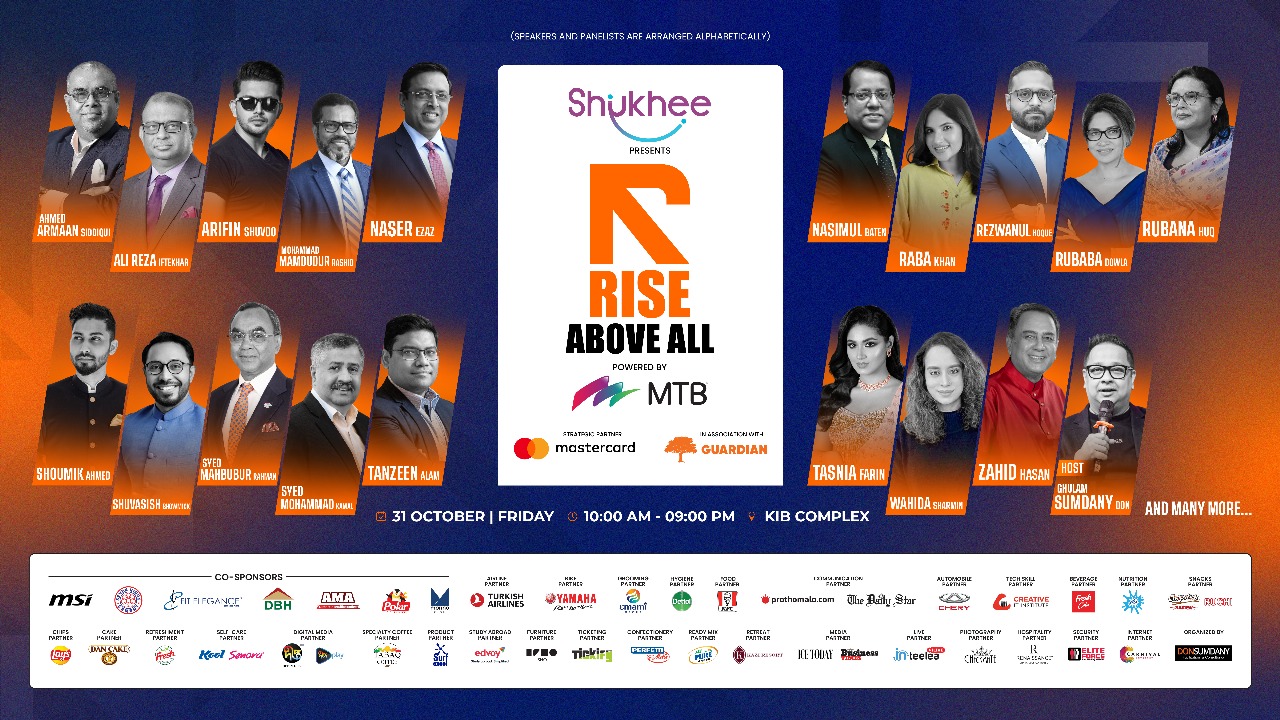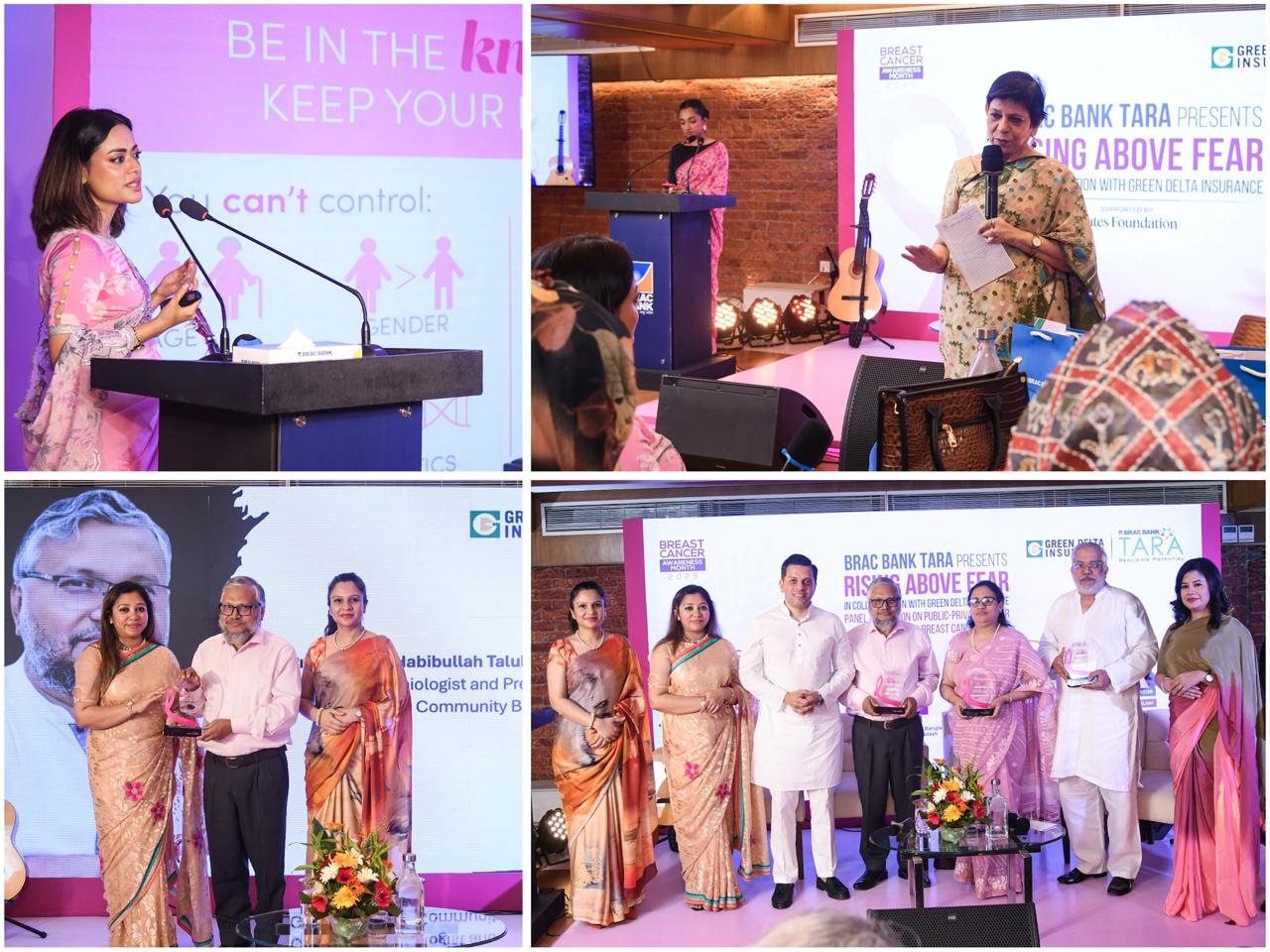Building a responsive and accessible web portfolio using HTML5, CSS3, and JavaScript.
A strong web portfolio is crucial for showcasing your skills and demonstrating growth and credibility as a web developer. This course, ‘Web Design for Everybody,’ equips learners with specialised courses to create professional-quality websites that are both responsive and accessible. Starting with the fundamentals of writing syntactically correct HTML and CSS, it progresses to integrating JavaScript for dynamic, interactive experiences. Participants will gain the ability to design websites optimised for mobile, tablet, and large-screen browsers. The capstone project focuses on creating a portfolio that highlights expertise in accessible web design, and ensuring inclusivity for audiences with diverse visual, auditory, physical, and cognitive needs. This course will ensure user portfolios reflect their technical abilities as well as their commitment to building user-friendly digital experiences.
Course 1: Introduction to HTML5
This course is designed for individuals with no prior programming experience but who want to understand web page creation. It covers the theory behind how web pages work, the practical steps to create one, and demonstrates how to publish it online, with a strong emphasis on standards for validation and accessibility. It includes a step-by-step approach to mastering the basics, culminating in a simple final project that will require the completion of a very simple page with links and images. The focus of this course is on the basics, not appearance, and no prerequisites are required, making it ideal for novices.
Duration: 11 hours
Readings: 28
Videos: 24
Assignments: 3
Course 2: Introduction to CSS3
This course introduces the fundamentals of Cascading Style Sheets (CSS3), focusing on writing CSS rules, testing codes, and developing good programming habits. Individuals will explore how proper styling enhances web pages while avoiding accessibility barriers for people with cognitive or physical disabilities by following the POUR accessibility guidelines. By the end of the course, participants will be able to sketch a design for a given HTML page using CSS to implement the design by adding fonts, colours, and layouts. Furthermore, this course requires individuals to be equipped with a desktop computer for its completion.
Duration: 16 hours
Readings: 29
Videos: 31
Assignments: 3
Course 3: Interactivity with JavaScript
This course explains the basics of JavaScript, enabling learners to add interactivity to web pages such as page loads, mouse clicks and movements, and keyboard inputs. Topics include variables, loops, functions, debugging tools, and using the Document Object Model (DOM) to identify and modify page elements. Participants will learn to handle DOM events and dynamically change page content and styles. The course culminates in a final project to create an interactive HTML5 form with input validation.
Duration: 9 hours
Readings: 26
Videos: 21
Assignments: 3
Course 4: Advanced Styling with Responsive Design
This course focuses on Responsive Design, teaching individuals to create web pages that perform seamlessly across devices, including smartphones, tablets, desktops, and assistive technologies, as well as taking into account some common personal settings such as colour schemes. Building on CSS3 knowledge, the course covers wireframes, fluid designs, media queries, and popular design frameworks like Bootstrap. Participants will learn the mobile-first design approach and how to ensure their sites accommodate user preferences and diverse platforms.
Duration: 11 hours
Readings: 22
Videos: 28
Assignments: 4
Course 5: Web Design for Everybody Capstone
The capstone course highlights building a high-quality web portfolio, showcasing the ability to design and implement a responsive site across at least three platforms. Adherence to validation and accessibility standards is mandatory, with weekly capstone peer and teaching assistant reviews to ensure progress with the agenda of the course. By the end of this course, participants will be able to confidently create or update front-end sites, use frameworks, and test for accessibility compliance.
Duration: 27 hours
Readings: 32
Videos: 11
Peer reviews: 10
COURSE OVERVIEW
Platform: Coursera
Duration: 2 months
Difficulty: Beginner
Flexibility: Self-paced















